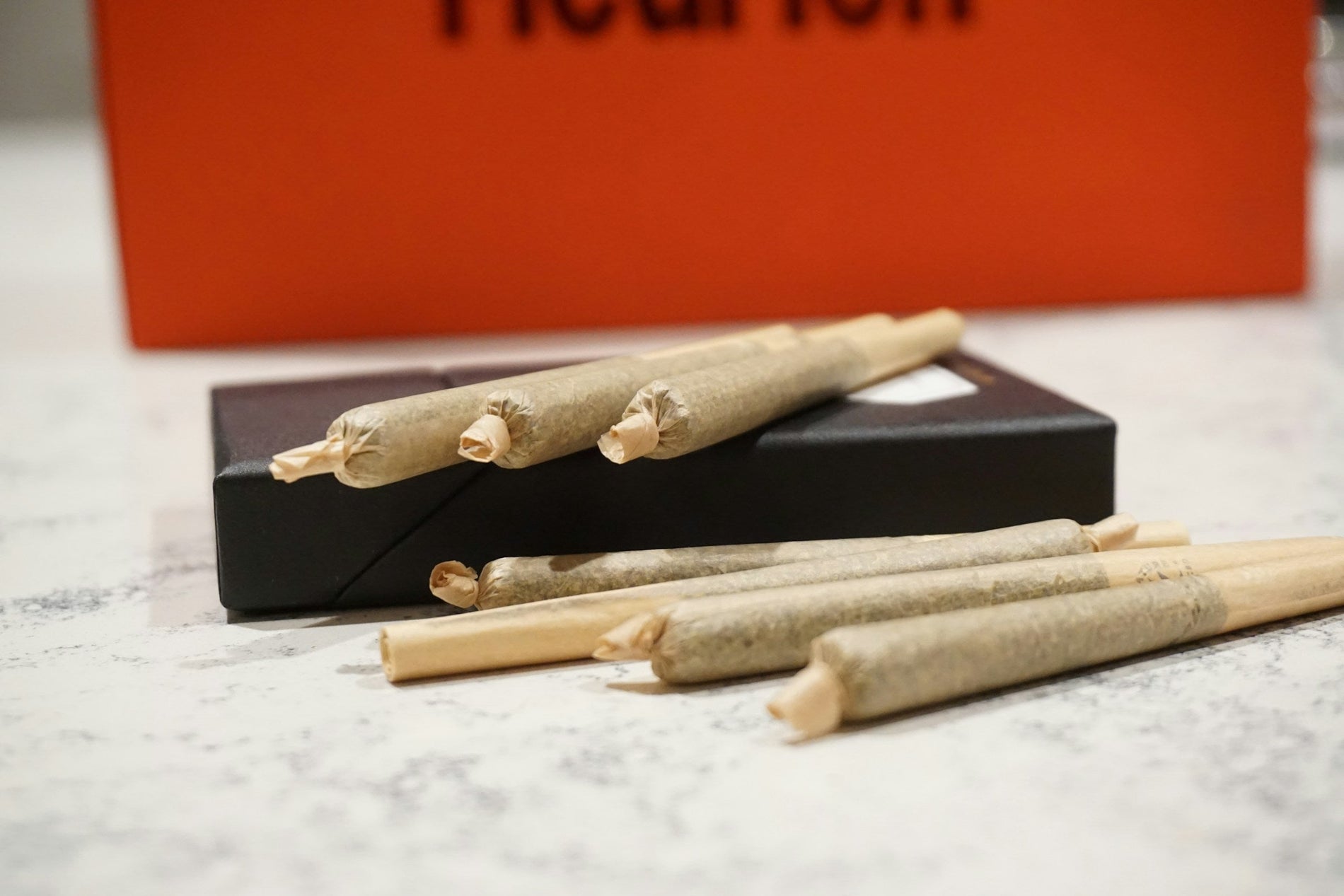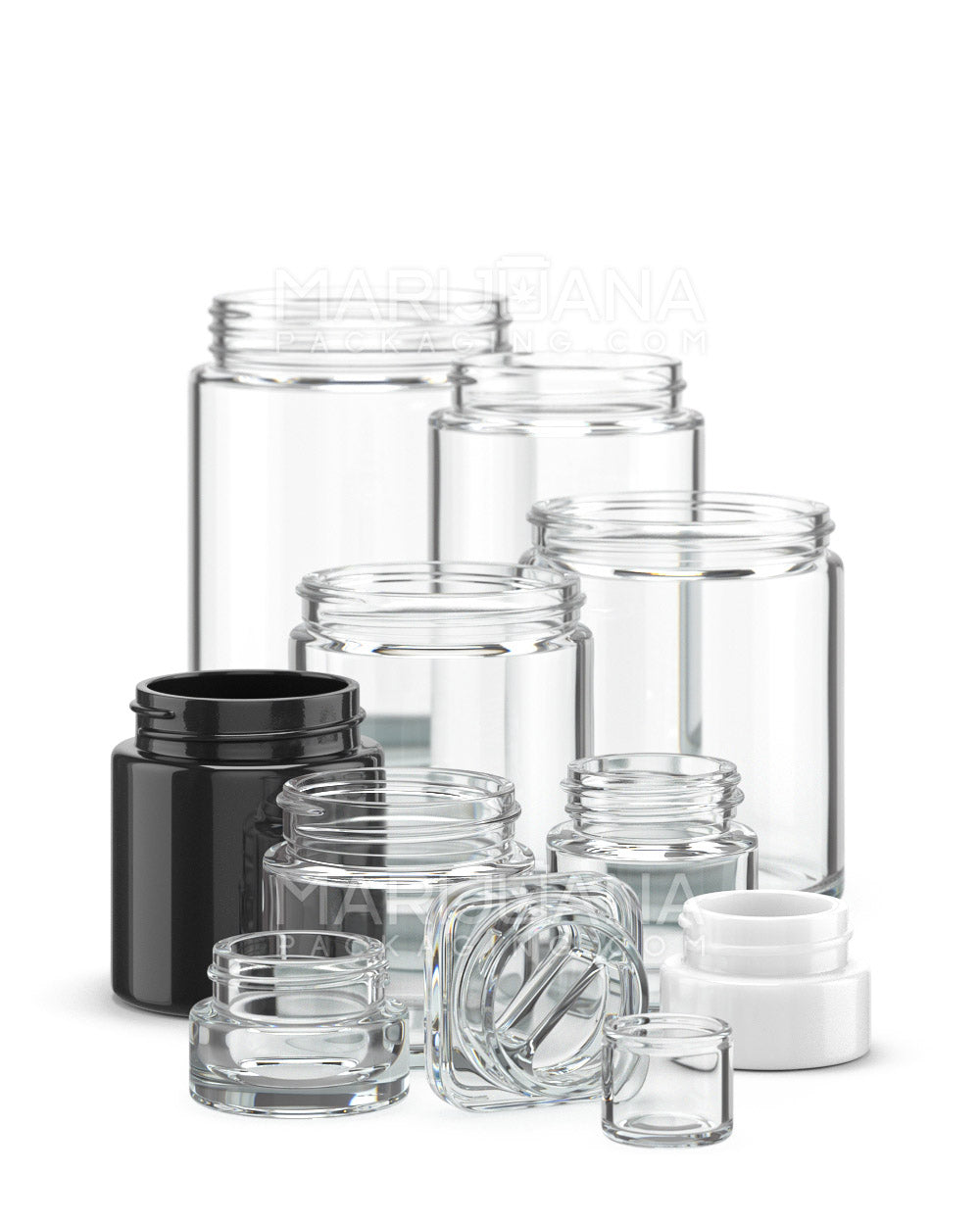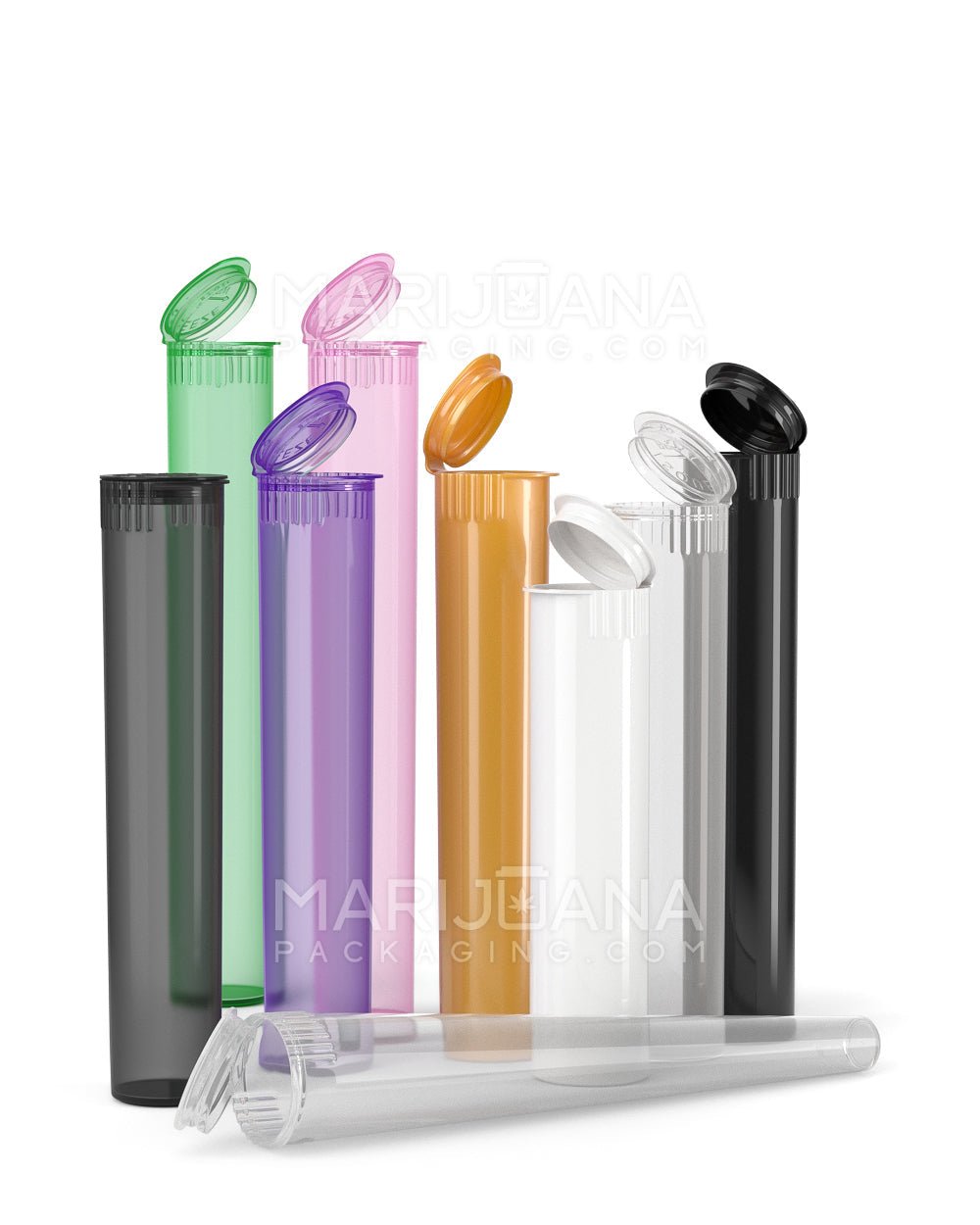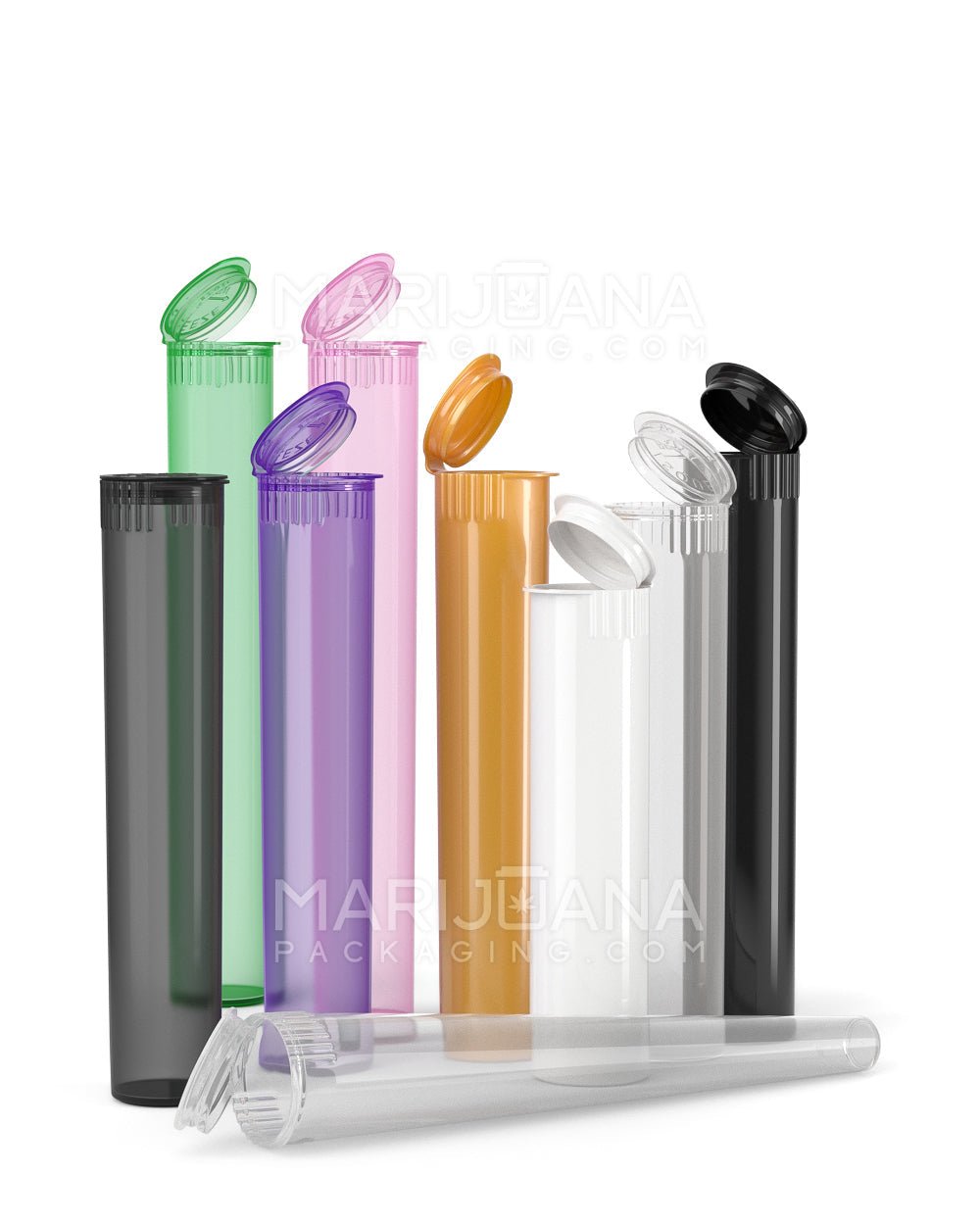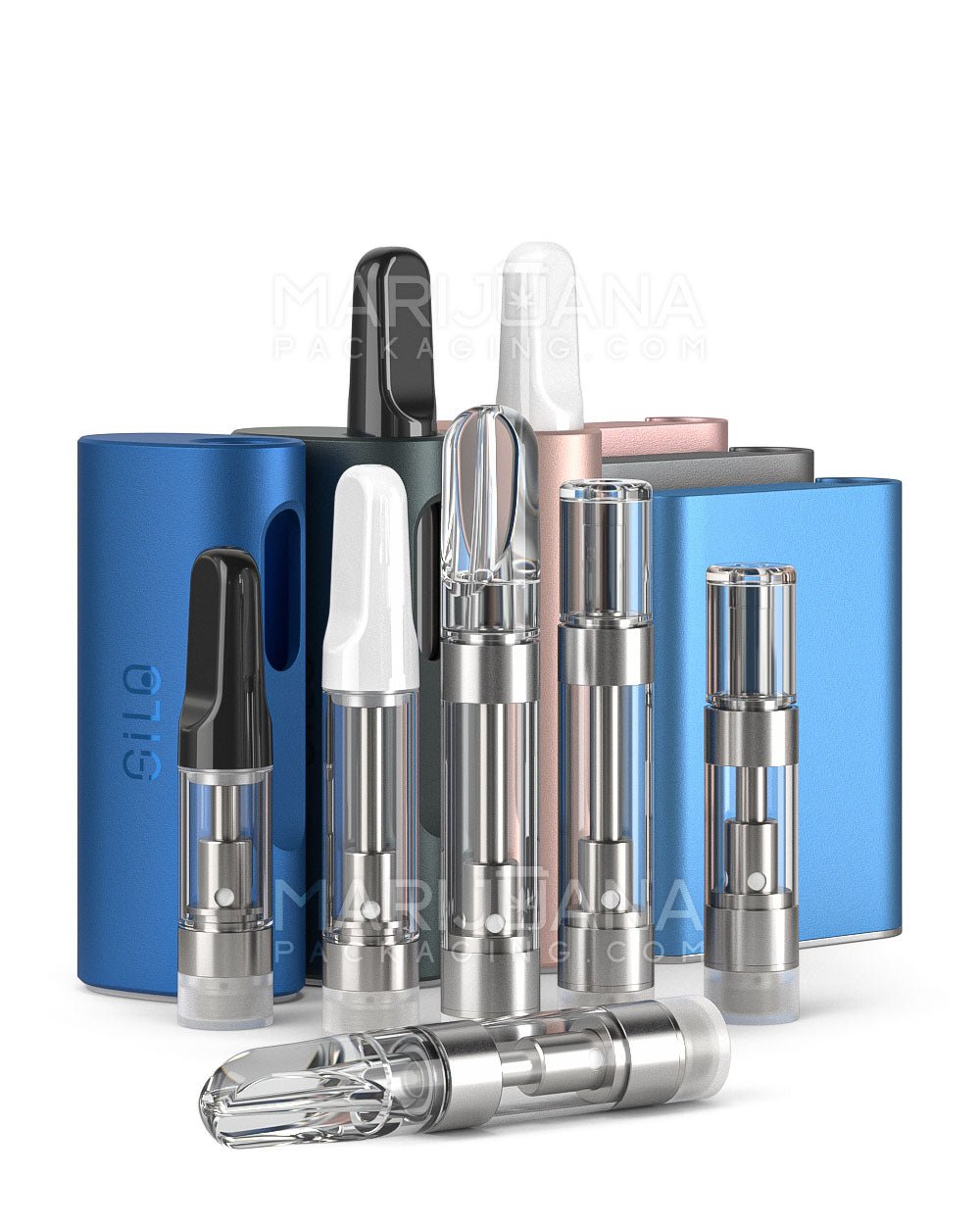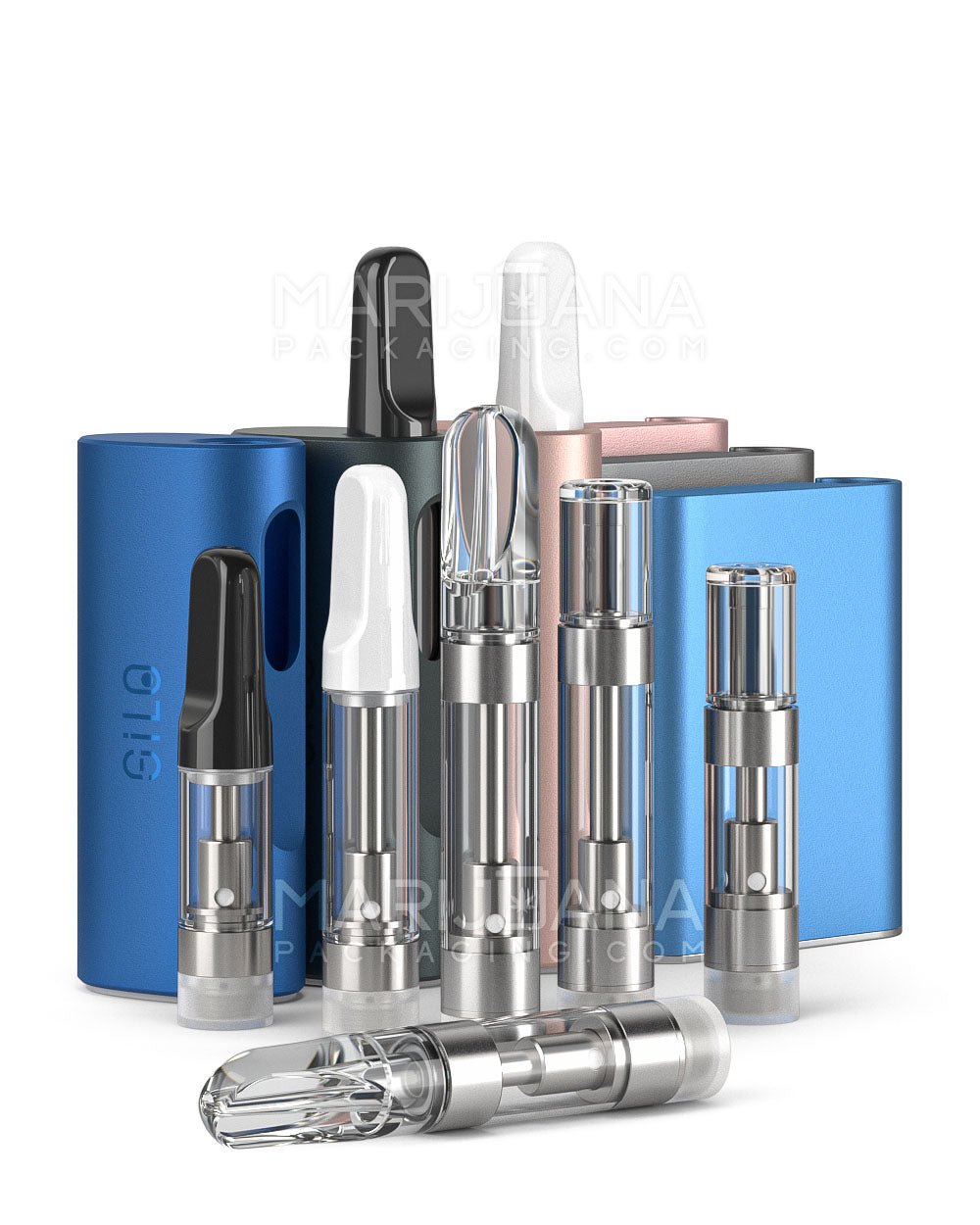Thinning out marijuana oil might sound like a task reserved for cannabis wizards, but it's actually something you can do with a little know-how and the right ingredients. Whether you're looking to make your oil more versatile or just easier to work with, thinning is a handy trick to have up your sleeve. Plus, it can help enhance the oil's performance in various applications, from vaping to cooking.
In this article, we'll explore the art of thinning marijuana oil, covering everything from safe thinning agents to practical methods. We'll also highlight some essential tips to keep in mind, ensuring you achieve the best results every time. So, grab a cup of coffee, settle in, and let's get started!
Why Thin Out Marijuana Oil?
Before we dive into the "how," let's chat about the "why." Marijuana oil, also known as cannabis oil, is a concentrated form of the plant's cannabinoids, especially THC and CBD. This oil can be quite thick and viscous, making it challenging to use for some applications.
One common reason to thin out marijuana oil is to make it suitable for use in vape pens or cartridges. These devices require a less viscous liquid to function correctly. By thinning the oil, you ensure it flows smoothly and vaporizes evenly, providing a better vaping experience.
Additionally, thinned oil can be more easily mixed with other ingredients for cooking or topical applications. Imagine trying to mix honey-like oil into a salad dressing—it just doesn't work as well as you'd hope. A thinned oil, however, blends seamlessly, allowing for more consistent results in your culinary creations.
Choosing the Right Thinning Agents
When it comes to thinning marijuana oil, not just any substance will do. It's crucial to choose a thinning agent that is safe, effective, and doesn't compromise the oil's quality. Here are a few popular options:
- Terpenes: These naturally occurring compounds are found in cannabis and many other plants. They can enhance the oil's flavor and aroma while providing a smooth thinning effect.
- MCT Oil: Medium-chain triglycerides (MCTs) are derived from coconut or palm oil. They are flavorless, odorless, and mix well with cannabis oil, making them a popular thinning choice.
- Vegetable Glycerin: This sweet-tasting liquid is often used in vape juices and can be mixed with cannabis oil to thin it out. Keep in mind, though, that it may alter the oil's taste.
It's important to note that not all thinning agents are created equal. Some substances, like propylene glycol, are controversial and may not be suitable for all users. Always research and select a thinning agent that aligns with your health and safety preferences.
Step-by-Step Guide to Thinning Marijuana Oil
Ready to thin out your marijuana oil? Follow these step-by-step instructions to achieve the perfect consistency:
- Gather Your Materials: You'll need your cannabis oil, a chosen thinning agent, a heat source, and a mixing tool. A small glass jar or bowl works well for mixing.
- Heat the Oil: Gently heat your cannabis oil in a double boiler or by placing the jar in a bowl of hot water. This step makes it easier to mix with the thinning agent.
- Add the Thinning Agent: Start by adding a small amount of your chosen thinning agent to the warm oil. A good rule of thumb is to begin with a ratio of 3:1 (oil to thinning agent) and adjust as needed.
- Mix Thoroughly: Stir the mixture gently until the oil and thinning agent are fully combined. You want a smooth, uniform consistency.
- Test the Consistency: Check the thickness of your thinned oil. If it's still too viscous, add more thinning agent in small increments until you're satisfied with the result.
- Cool and Store: Allow the mixture to cool before transferring it to a suitable container for storage. Ensure it's airtight to maintain freshness.
Remember, patience is key during this process. Rushing can lead to an uneven mixture, which might not perform as expected in your intended application.
Common Mistakes to Avoid
Even the most seasoned cannabis enthusiasts can make errors when thinning out marijuana oil. Here's a list of common pitfalls to steer clear of:
- Adding Too Much Thinning Agent: It's easy to overdo it, resulting in an overly thin oil that lacks potency. Start small and gradually increase the thinning agent as needed.
- Using Incompatible Thinning Agents: Some substances may not mix well with cannabis oil, leading to separation or an unpleasant taste. Do your research and choose a compatible agent.
- Skipping the Heating Step: Heating the oil is crucial for achieving a uniform mixture. Skipping this step can lead to clumps and uneven consistency.
By being mindful of these common mistakes, you can avoid unnecessary frustration and achieve the best possible results.
Thinning Marijuana Oil for Vaping
If you're thinning marijuana oil specifically for vaping, there are a few additional considerations to keep in mind. Vaping requires a particular consistency to ensure the oil atomizes correctly and doesn't clog the device.
Firstly, opt for a thinning agent that complements the oil's natural flavor profile. Terpenes are an excellent choice here, as they can enhance the oil's taste while providing the necessary thinning effect.
Additionally, be mindful of the oil's viscosity. If it's too thick, it may not vaporize efficiently, leading to a less-than-ideal vaping experience. On the other hand, overly thin oil can result in leaks and waste. Aim for a consistency similar to traditional vape juice for the best performance.
Lastly, consider investing in a high-quality vape pen or cartridge designed for use with cannabis oil. These devices are specifically engineered to handle the unique properties of cannabis oil, offering a smoother, more satisfying experience.
Using Thinned Marijuana Oil in Cooking
Thinning marijuana oil can open up a world of culinary possibilities. Whether you're whipping up a batch of brownies or crafting a gourmet salad dressing, thinned oil can be a game-changer in the kitchen.
When using thinned oil in cooking, it's essential to consider the flavor profile of both the oil and the thinning agent. MCT oil, for example, is flavorless and works well in a variety of dishes without altering the taste. On the other hand, vegetable glycerin may add a subtle sweetness, which can enhance certain recipes.
Experiment with different thinning agents to find the one that best suits your culinary creations. You might discover that one agent works better in savory dishes, while another shines in sweet treats.
Additionally, remember to account for the oil's potency when incorporating it into recipes. Thinning the oil can dilute its concentration, so you may need to adjust the amount used to achieve the desired effect.
Benefits of Thinning Marijuana Oil
Thinning marijuana oil isn't just about making it easier to use—it's also about unlocking its full potential. Here are some benefits to consider:
- Improved Versatility: Thinned oil can be used in a wider range of applications, from vaping to cooking to topical use.
- Enhanced Flavor: The right thinning agent can complement the oil's natural taste, making it more enjoyable for consumption.
- Better Performance: Thinned oil flows more smoothly, ensuring optimal performance in devices like vape pens and cartridges.
By thinning your marijuana oil, you're maximizing its utility and enhancing your overall experience, whether you're vaping, cooking, or applying it topically.
Storing Thinned Marijuana Oil
Proper storage is crucial to maintaining the quality and potency of your thinned marijuana oil. Here are a few tips to keep in mind:
- Use Airtight Containers: Store the oil in a sealed glass jar or bottle to prevent exposure to air, which can degrade its quality over time.
- Keep It Cool: Store the oil in a cool, dark place to protect it from heat and light, both of which can negatively affect its potency.
- Label Clearly: If you have multiple batches or varieties of thinned oil, label each container with the date and thinning agent used for easy identification.
By following these simple storage guidelines, you can ensure your thinned marijuana oil remains fresh and effective for as long as possible.
Safety Considerations
While thinning marijuana oil is generally safe, it's essential to be mindful of certain safety considerations. Always use food-grade thinning agents and avoid substances that may be harmful when ingested or inhaled.
Additionally, if you're using the oil for vaping, ensure your device is compatible with cannabis oil and the thinning agent you've chosen. Some devices may not be suitable for certain mixtures, leading to leaks or other issues.
Lastly, keep in mind that thinning the oil can dilute its potency. Be aware of this when consuming or using the oil, and adjust your dosage accordingly to achieve the desired effect.
Final Thoughts
Thinning out marijuana oil can be a rewarding process, unlocking new possibilities and enhancing its usability. From choosing the right thinning agent to mastering the mixing process, there are several factors to consider. But with a bit of practice and patience, you'll be able to achieve the perfect consistency for your needs.
If you're looking to package your thinned oil or any other cannabis products, consider Gamut. With their full spectrum of packaging solutions, they offer everything from jars and bottles to custom designs, ensuring your products stand out. Whether you're in need of stock options or industry-specific solutions, Gamut has you covered, helping your brand make a memorable impression.









